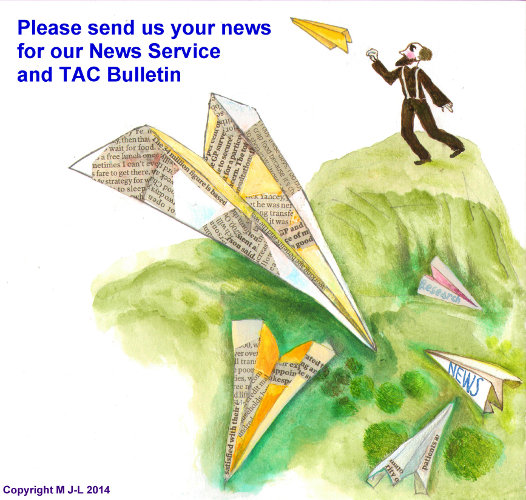Early intervention in autism in USA
The Autism Society stresses the importance of intensive early intervention for young children across the autism spectrum, including those labeled with autism, Asperger's Syndrome, and other pervasive developmental disorders. While these children share common diagnostic labels, each has individual needs.
Because of the individual differences among these children, the Autism Society supports an individualized approach that addresses the core deficits of autism spectrum disorders (e.g., communication, social, sensory, academic difficulties) and that matches each family's preferences and needs. In designing effective programs, the Autism Society encourages professionals and family members to consider the following components:
- A curriculum which addresses deficit areas, which focuses on long-term outcomes, and which considers the developmental level of each child. Deficit areas include:
- Inability to attend to relevant aspects of the environment, to shift attention, and to imitate language and the actions of others;
- Difficulty in social interactions including appropriate play with toys and others, and symbolic and imaginative play; and
- Difficulty with language comprehension and use, and functional communication.
- Programs which capitalize on children's natural tendency to respond to visual structure, routines, schedules, and predictability.
- Focus on generalization and maintenance of skills, using technology such as incidental teaching approaches.
- Effective and systematic instructional approaches which utilize technology associated with applied behavior analysis, including chaining, shaping, discrete trial format, and others.
- Coordinated transitions between service delivery agencies, including 0-2 programs, early intervention/preschool programs, and kindergarten environments.
- Use of the technology associated with functional behavioral assessment and positive behavioral supports when involved with a child who presents behavioral challenges.
- Family involvement, including coordination between home and involved professionals, an in-home training component, and family training and support.
The Autism Society encourages applied research to determine those interventions and approaches that are most effective for all children with autism spectrum disorders, and to encourage common usage of these practices for each child with an autism spectrum disorder, regardless of geographical location.
The Autism Society's online referral database, Autism Source™, has a searchable category "Early Intervention" intended to connect parents with helpful services and supports in their communities.


